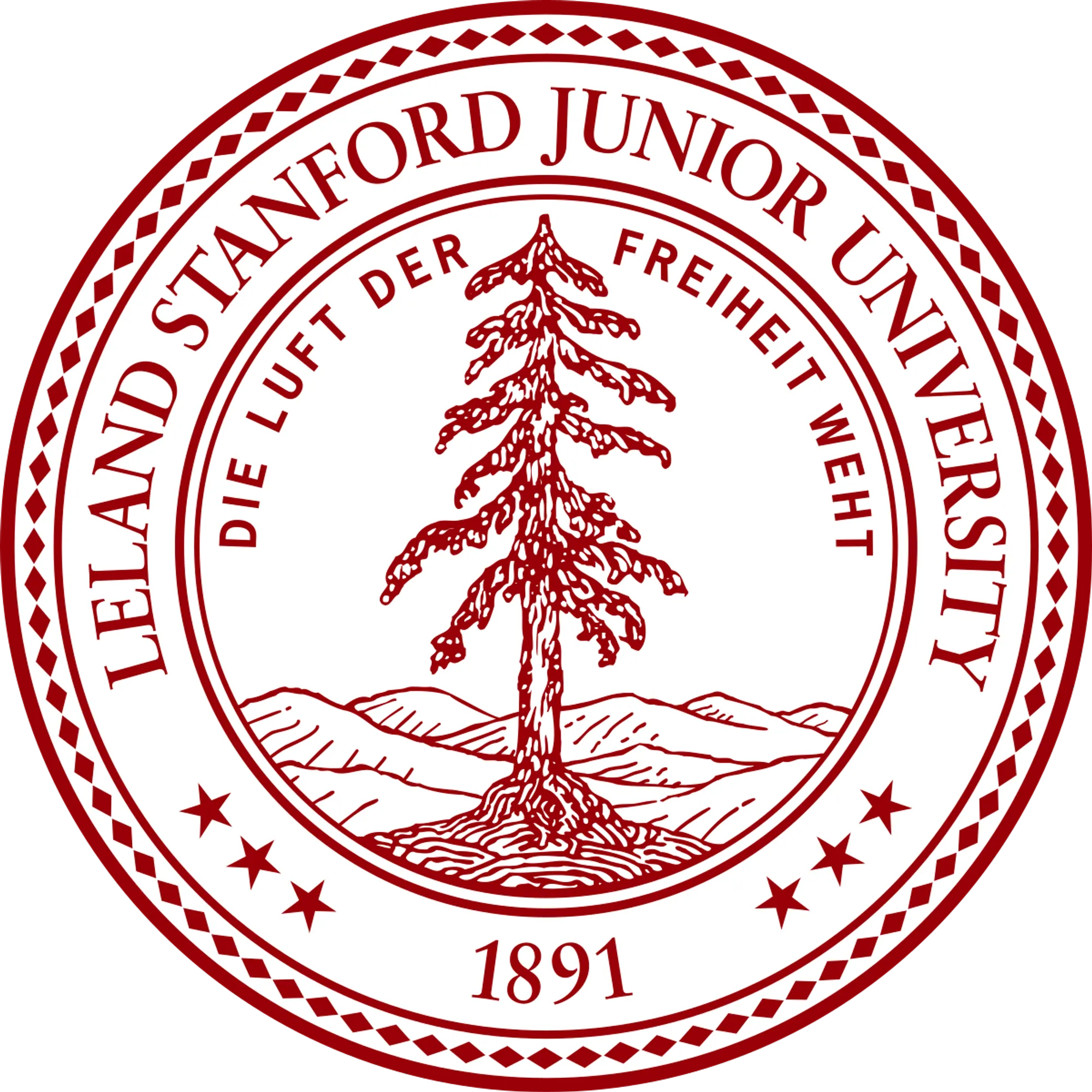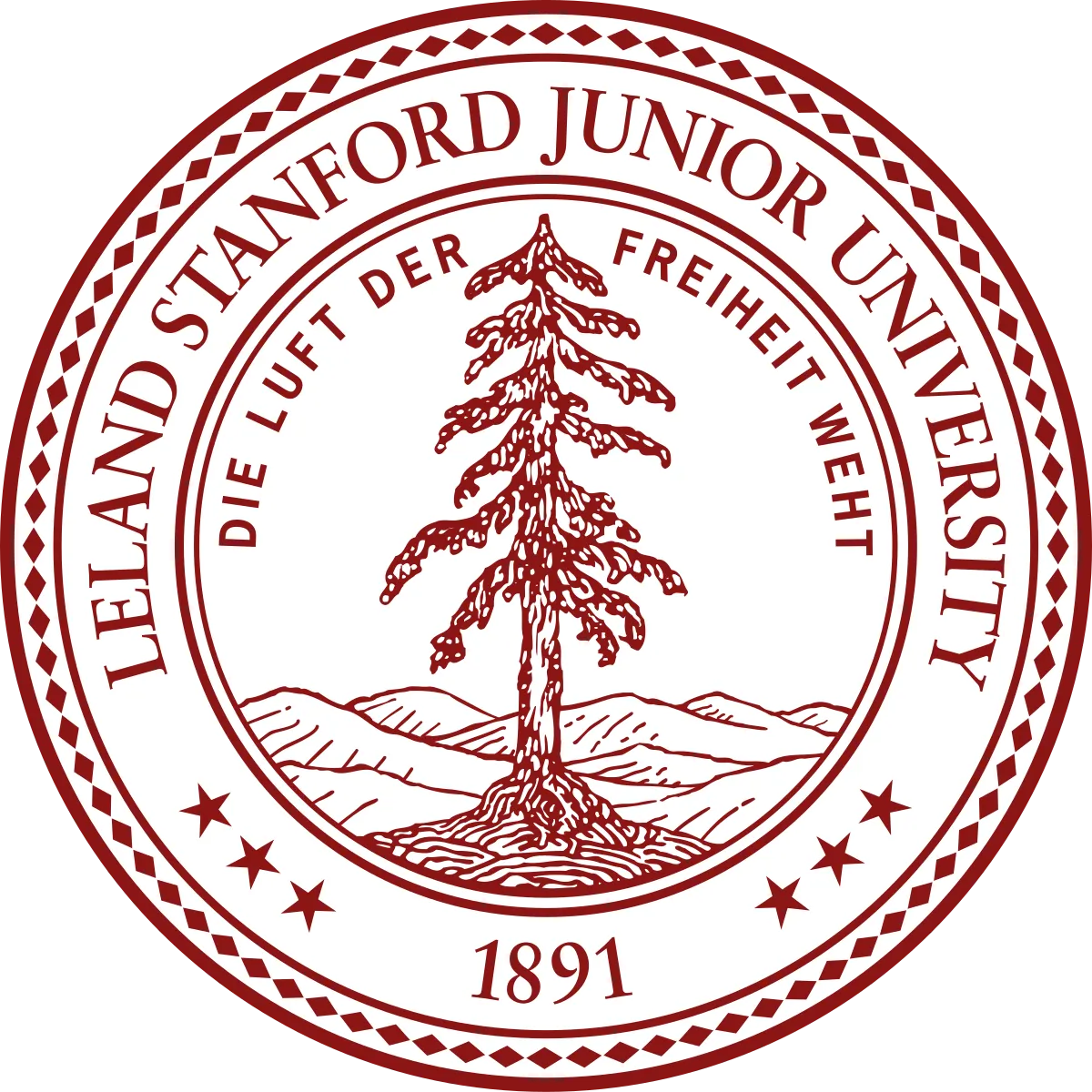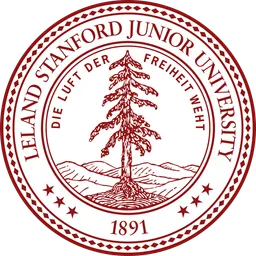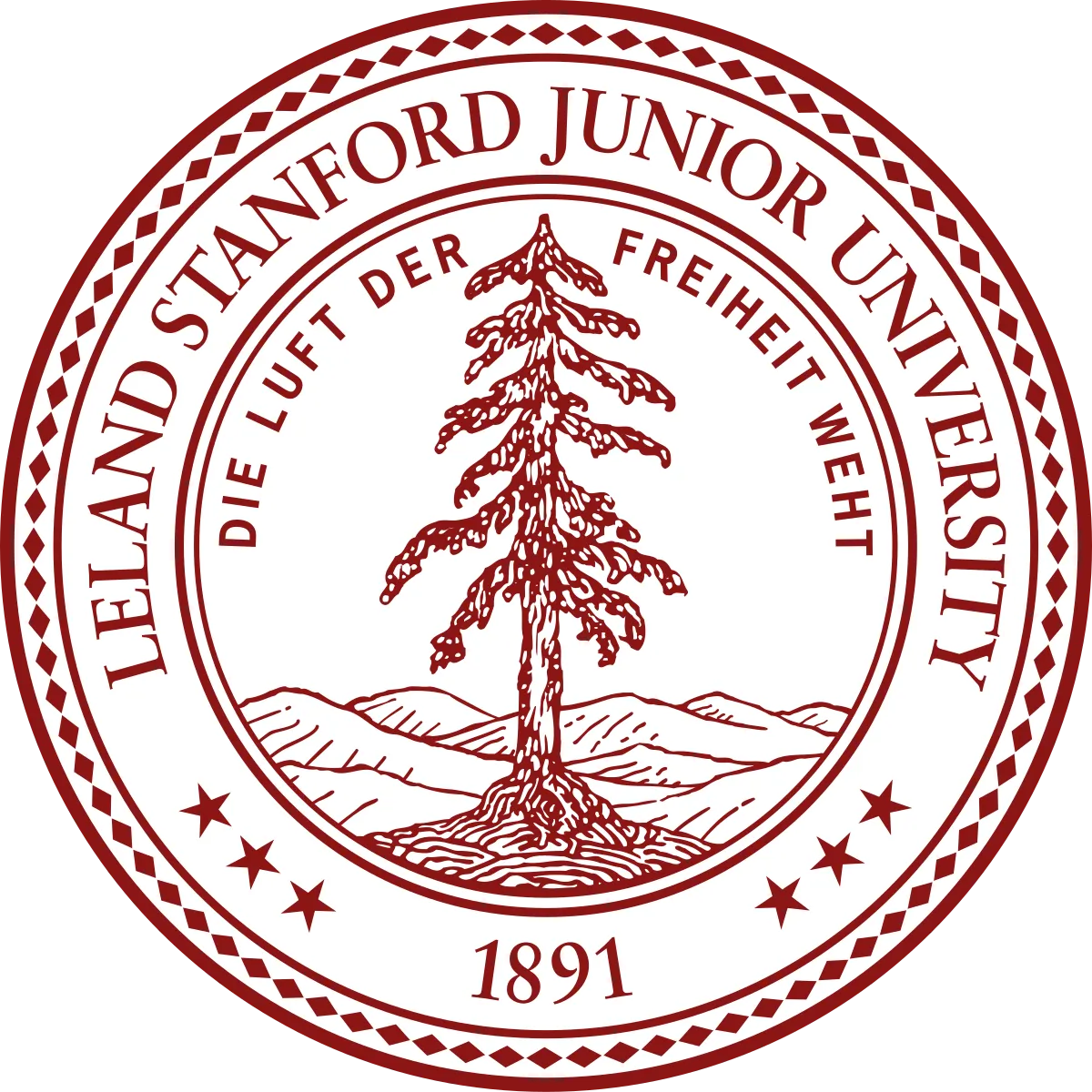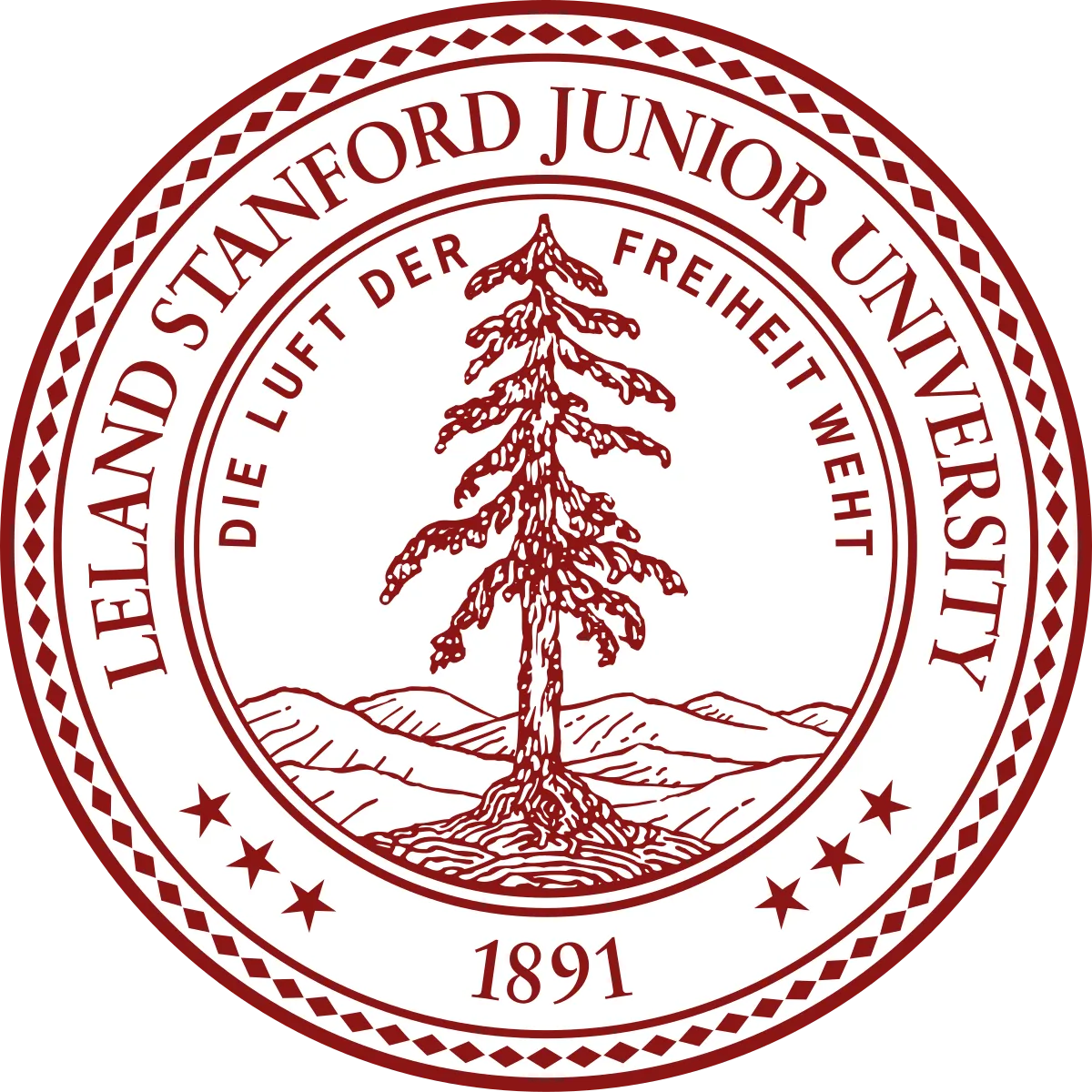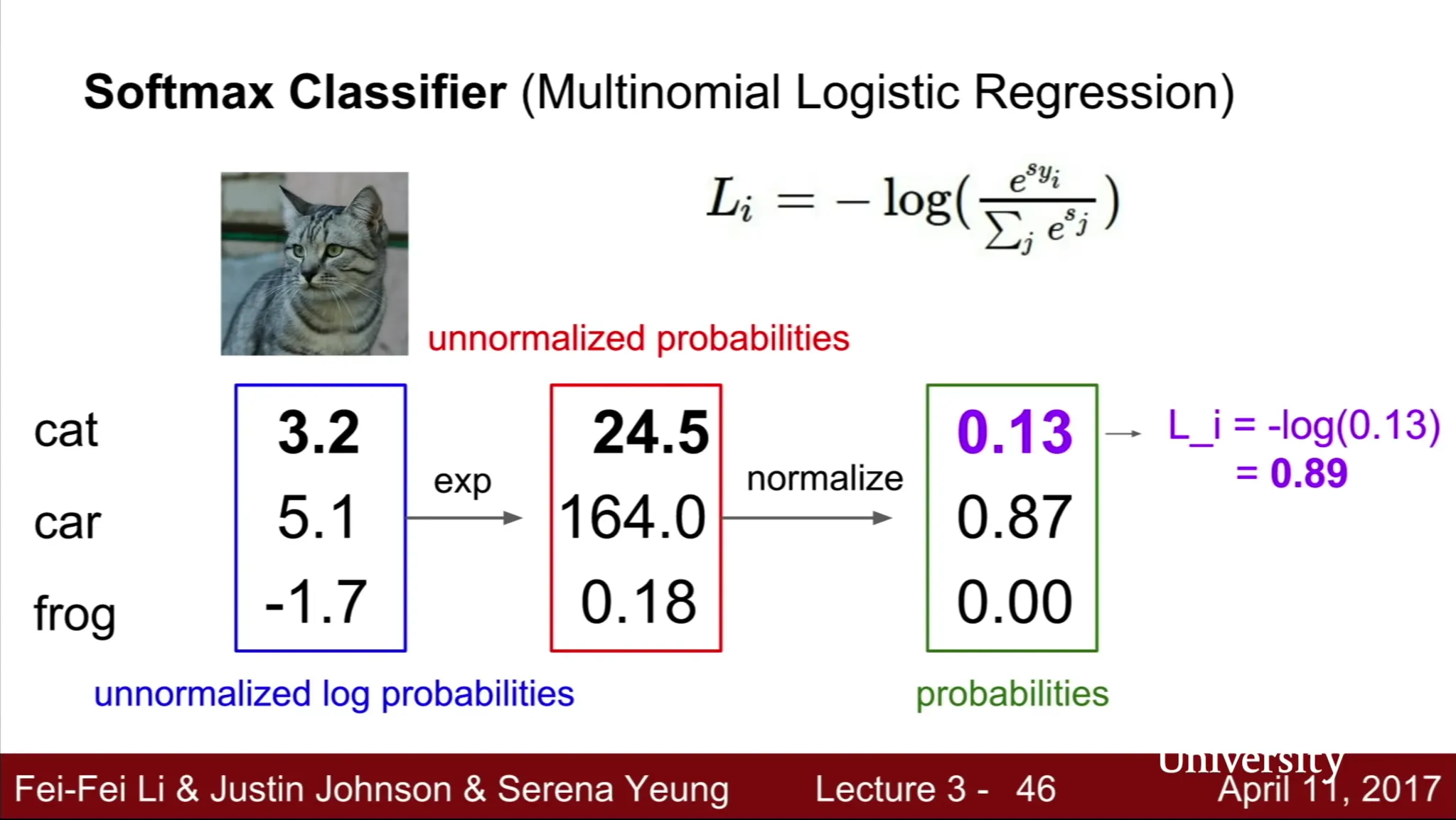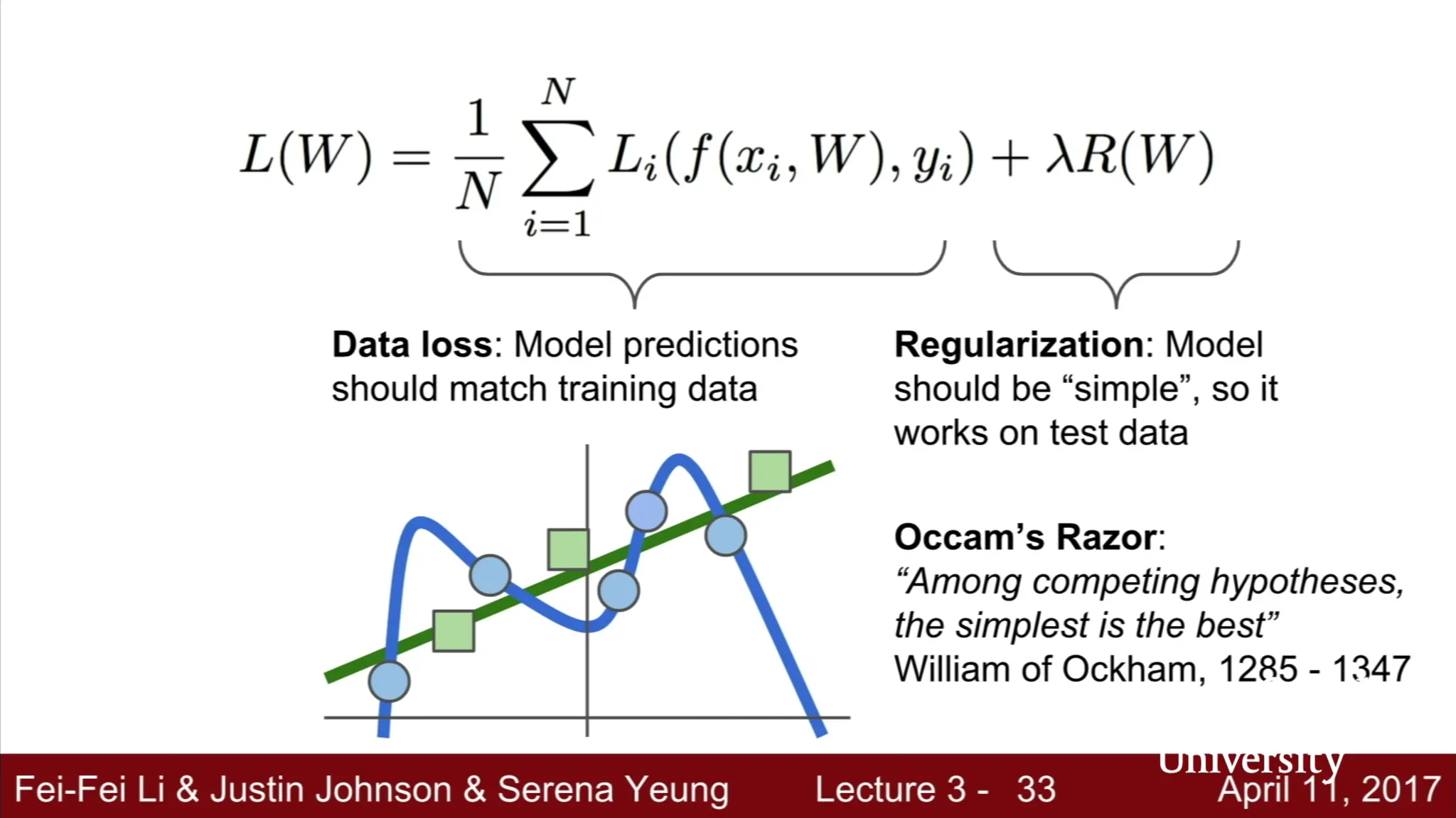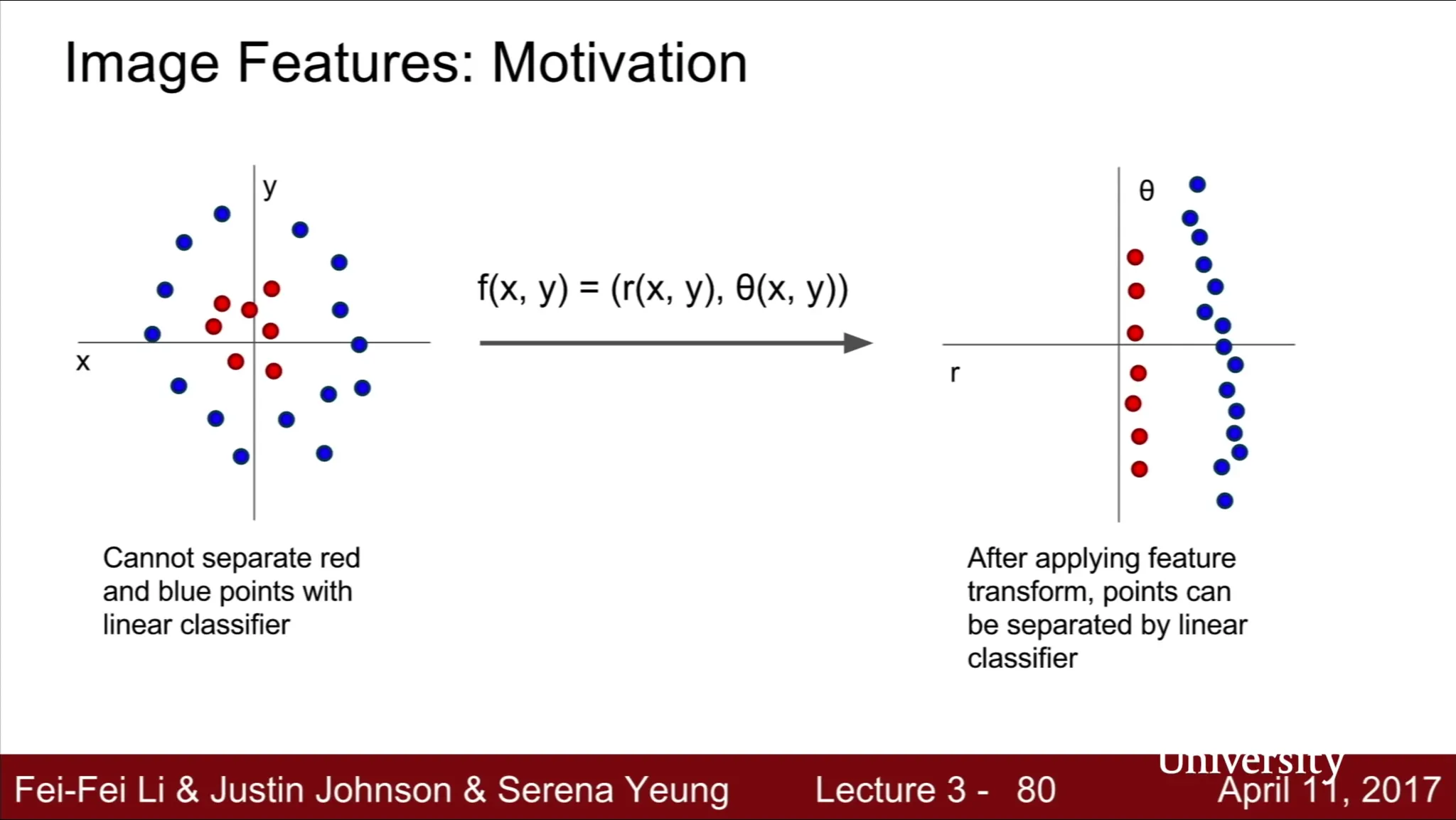 Note Taking
Note Taking
Lecture 2 요약
•
Recognition 이 어려운 이유 ?
◦
컴퓨터가 보는 데이터와 실제 보는 시각의 큰 차이..
◦
Illumination
◦
Deformation
◦
Occlusion
◦
Clutter
◦
Intraclass Variation
•
K-Nearest Neighborhood
◦
Cross Validation
◦
Setting Hyperparameter
•
Linear Classifier
◦
Parametric Approach (
Linear Classifier, 어떤 W 를 선택해야 할까 ?
•
Prediction ( 의 결과로 옳은 class 의 score 를 제일 높게 뽑은 친구?
•
Prediction ( 의 결과로 옳지 않은 class 의 score 를 낮게 뽑은 친구?
•
...
•
W 선택에 대한 정량적인 기준이 필요
Loss
•
W 선택에 대한 정량적인 기준
•
얼마나 W 가 좋지 않은가 (How badness the loss is)
•
: individual data 에 대한 loss
•
: , whole data 에 대한 loss
Classifier 에 사용할 수 있는 Loss
•
Multiclass SVM Loss
Correct class 의 score 가 Incorrect class 의 score 에 배해서 일정한 margin 이상 높다면 penalize 하지 않고, 그렇지 않다면 margin 에서 부족한 정도만큼 penalize 하기 위한 설계
◦
Hinge Loss 라고도 함
◦
Minimum: 0, Maximum: Infinity
◦
들이 모두 같은 경우:
◦
합에 (correct class 에 대한 loss) 도 포함된다면 는 1 만큼 커짐
◦
합에 (correct class 에 대한 loss) 도 포함한 식으로 사용해도 무방하나 minimum value 를 0 으로 만들기 위해서 보통은 포함하지 않음
◦
합 대신 평균 식을 사용해도 무관 (Rescaling)
◦
Zero loss 가 나타나는 는 non-unique (ex. )
•
Softmax Loss
Multiclass SVM Loss 의 score 는 의미를 가지지 않는데 비해 Sofmax 는 각 class 일 확률의 unnormalized log 형태
◦
zero loss 가 나오려면 correct class score 는 infinity, incorrect class score 는 minus infinity 가 되어야 하기 때문에 실질적으로 실제 상황에서 나올 수는 없음
◦
W 가 초기에 매우 작아 모든 score 가 0 에 가깝다면 첫 loss 는
•
SVM loss VS Softmax loss
SVM loss 는 0 지점에서 correct score 의 jiggling 이 일어나더라도 loss 의 변화가 없는 반면, Softmax 는 계속해서 correct score 의 크기를 크게, incorrect class score 를 작게하려는 차이가 있음
Regularization
•
Loss 가 낮은 W 를 선택하는 것은 좋으나 training data loss 보다는 test data loss 가 훨씬 중요함
•
Loss 가 실패하는 원인 중 하나: 높은 Model 의 복잡도
•
Regularization loss term 을 두어 model 을 simple 하게 만듬.
•
: Hyperparameter, data loss 와 regularization loss 의 가중치 조절
Regularization 종류
•
L2 Regularization
◦
◦
L2 Regularization 이 complex model 을 penalize 하는 이유?
▪
W 의 각 요소들이 가지는 influence 를 전체적으로 퍼뜨리는 효과
하나의 튀는 값을 가지게 하지 않으며 parameteric function 을 전반적으로 smooth 하게 만듬
•
L1 Regularization
◦
•
Elastic Net Regularization
◦
L2, L1 Regularization 을 합친 형태 (with constant )
◦
•
Max Norm Regularization
•
Dropout
•
Fancier: Batch Normalization, Stochastic Depth (in deep learning)
Optimization
•
Loss 를 최소화하는 방법
•
Random Search
◦
W 를 잔뜩 유추하고 그것에 대한 loss 를 구해봄
•
Follow ths Slope
◦
Negative Gradient Vector Direction
◦
Numerical Gradient: Approximate, Slow, Easy to write
◦
Analytic Gradient: Exact, Fast, Error-prone
◦
Gradient Descent !
▪
Initialize Weight
▪
While true, compute loss and gradient to update weight in minus gradient direction
▪
Step size, Learning rate: hyperparameter
•
Ex. Stochastic Gradient Descent
전체 dataset 을 가지고 loss 를 구하고, gradient 를 계산한 후 weight 를 update 하면 느림 ㅜㅜ
Mini-batch 를 사용하여 일부 dataset 을 사용한 loss 를 구하고 전체 loss 를 estimate 한 후 update
Aside: Image Feature
•
Raw pixel value 를 그대로 classifier 에 넣는 것은 제대로 동작하지 않을 때가 많음
•
기존의 classifier 단계에 feature extraction 을 추가
•
Ex. Color Histogram
◦
이미지의 각 픽셀을 color 에 따라 나누어 color historgram 으로 나눔
◦
Color Historgram 자체가 feature
•
Ex. Histogram of Oriented Gradients (HoG)
◦
Hubel and Wiesel 은 oriented edge 가 human visual system 에서 recognition 에 중요한 역할을 함을 알아냄
◦
Oriented Gradient 에 대한 feature representation 은 edge 의 local orientation 을 대변
◦
각 8x8 pixel 마다 9 개의 방향성을 부여 → 320x240 image 는 40x30 bin 을 가지고 각 bin 당 9 개의 direction 을 가지므로 30x40x9 feature vector 가 생김
•
Ex. Bag of Words
◦
Build Codebook
▪
Random Patches 를 image 로부터 뽑아서 Clustering Center 가 될 codebook 을 형성
◦
Encode Images
▪
이미지를 만든 codebook 에 따라 clustering 하여 (encode) 각 visual word 가 얼마나 등장하는지에 대한 histogram 을 만들 수 있음
최종적으로 Image Classification Pipeline 은
1.
Input Image
2.
Feature Extraction (학습되는 부분이 아님)
3.
ConvNets (학습되는 부분)
로 구성되어 있다고 볼 수 있음
